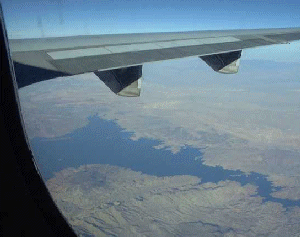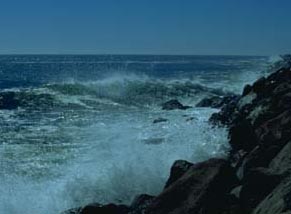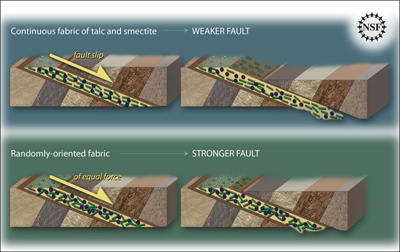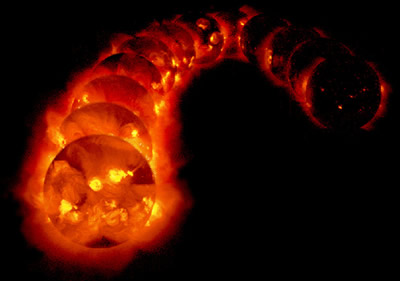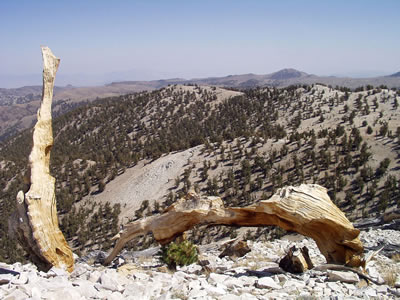Click on image for full size
Courtesy of U.S. Geological Survey
As World Warms, Water Levels Dropping in Major Rivers
News story originally written on April 21, 2009
About one out of three of the world’s largest rivers have been changing over the past few decades. Most of those rivers now carry less water.
A team of scientists from the National Center for Atmospheric Research (NCAR) studied 925 of the Earth’s largest rivers. These rivers hold about three-quarters of all the water flowing through rivers worldwide.
They looked at data about how much water was in rivers between 1948 and 2004 and found that rivers are loosing water in some places where there are large human populations. Less water in the rivers may mean that there will be less food and water for people living in those regions.
"Reduced runoff is increasing the pressure on freshwater resources in much of the world, especially with more demand for water as population increases," says scientist Aiguo Dai, who led the study.
The scientists found that less water in these rivers appears to be related to global climate change. Climate change is causing amounts of precipitation to change in different regions of the world. Warmer temperatures are also increasing the amount of evaporation.
The scientists also found that there is now more water flowing in rivers in the Arctic where snow and ice are melting as the planet warms.
"As climate change inevitably continues in coming decades, we are likely to see greater impacts on many rivers and the water resources that society has come to rely on," says scientist Kevin Trenberth.







